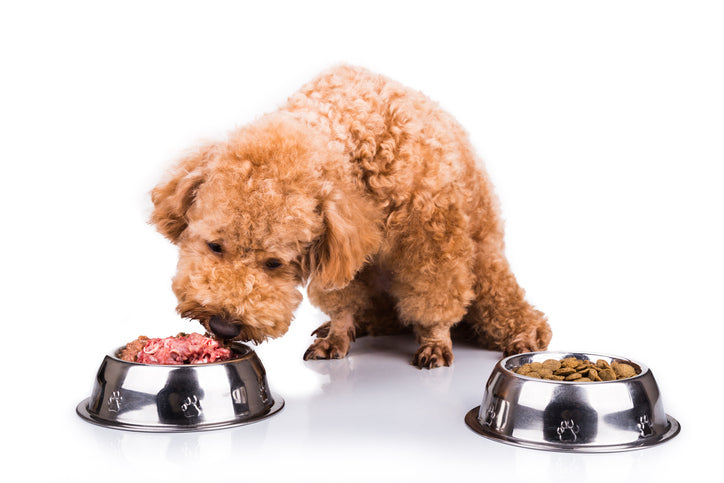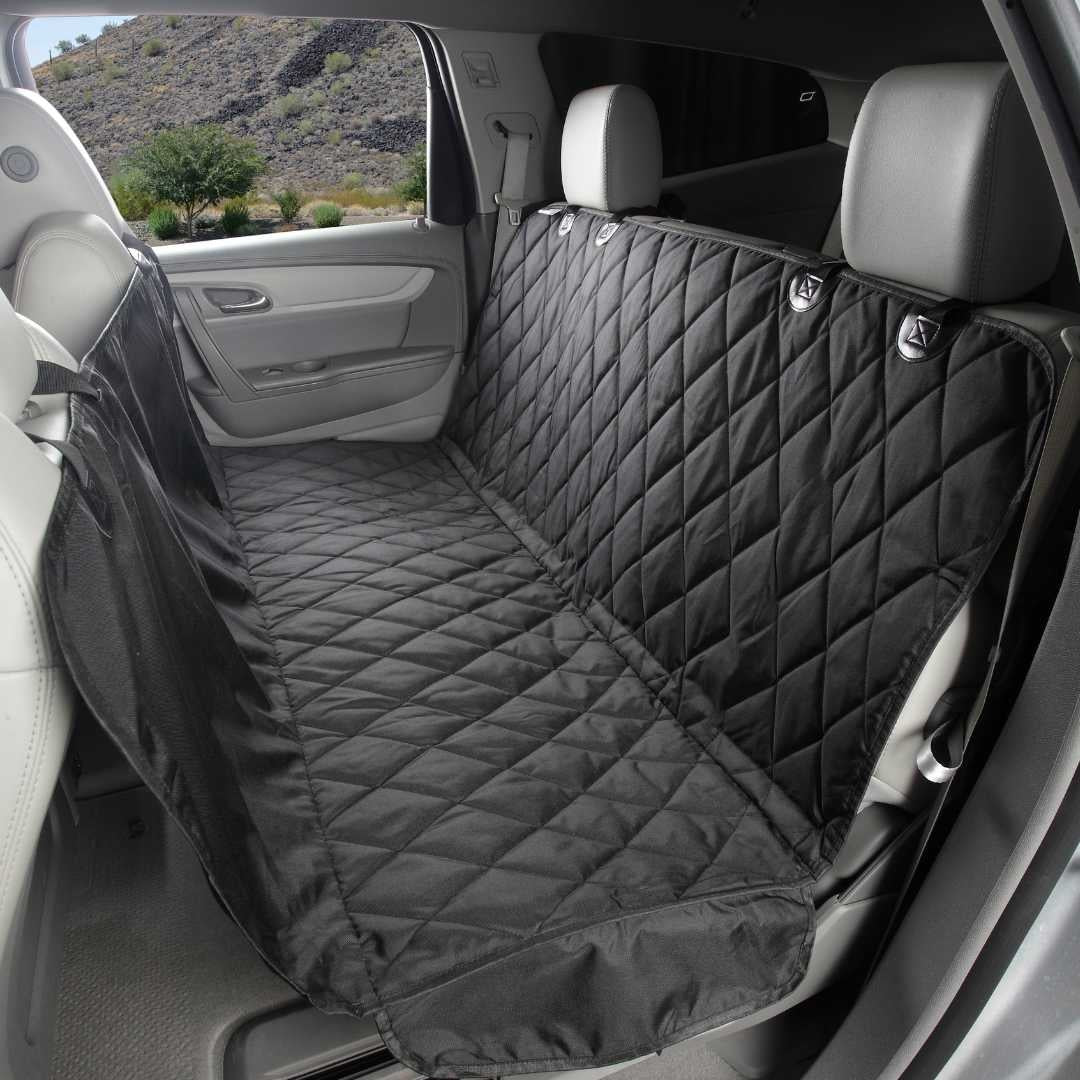Last year, I rescued a German Shepherd named Neko from a shelter in Southern California. Aside from being a certified dog trainer, I am also the director of the German Shepherd rescue Sylvester’s Haven.
Neko had been diagnosed with Degenerative Myelopathy (DM) by the shelter vet. We saved Neko under the assumption that he would probably only have seven months to live given his condition and we had enough donations lined up to give him a good end of life. As I took a personal interest in this amazing dog, I researched nutritional protocols to slow the progression of his disease. After my research, I decided to switch Neko to a raw diet; something I had never done before.
I was cooking a custom, breed-specific diet for my own German Shepherds, which they did fantastic with, but I never ventured into raw food. What I observed with Neko after this switch was truly remarkable. Neko ended up at my own home and so I could observe all changes first hand. He recovered from a dog that couldn’t get up, to a dog that was mostly standing on his own legs. He was wobbly but mobile. This incredible improvement made me question the original diagnosis and after more fundraisers and diagnostics, we determined Neko had a spinal injury that could be repaired through surgery. The surgery took place in December 2016 and Neko is still in physical therapy but is expected to regain full mobility next year. You can read more about Neko’s story on Sylvester’s Haven’s website but I want to focus on the raw food.
A few food facts worth considering:
In 1941, canned dog food had a 90% share of the market… until the United States entered World War II and the government started rationing tin and meat, hence dry dog food was made popular. In 1950 the Ralston Purina Company started using a cooking extruder to make their Chex cereal. Ingredients were pushed through a tube, cooked under high pressure, and puffed up with air. This allowed Chex to stay crisp when milk was added. At about the same time, manufacturers were getting complaints about the appearance, texture, and digestibility of dry dog food. Purina’s pet food division borrowed an extruder from the cereal division and experimented with it in secret for three years. The result: Purina Dog Chow. Dogs loved it, it digested well, and it quickly became the number one dog food in the nation.(Source: Neatorama – The History of Dog Food)
The thing is, an extruder only works when the food has a lot of starch. According to Dr. Richard Patton, 50,000 years ago dogs ate a diet that contained 4% carbohydrates. Today, the diet contains 48% carbohydrates and this mostly because carbohydrates are cheap and the extruder needs them to work. It is however not what dogs used to eat naturally before we bought their food at the supermarket.
In researching the history of canine nutrition. I discovered and read “Unlocking the Canine Ancestral Diet by Steve Brown,” which provided further insights into a healthy canine diet: 60% fat, 35% protein, 5% carbs. The extruder doesn’t work with that little carb (starch) content. To determine the carbohydrate content of any dog food, simply add the percentage values of fat, protein and fiber as listed on the bag and subtract that number from 100. The result is the percentage of carbohydrates in your dog’s food. Carbohydrates are basically starch and sugar and starch becomes sugar (glucose) during digestion. Just like with people, fewer carbohydrates are healthier for dogs.
Given how unnatural it is for a dog to eat that way it is not surprising that the life expectancy of dogs has steady DECREASED by 11% every 10 years since 1970. (Source: UK Kennel Club)
These facts and my own experiences led me to develop a custom raw recipe for German Shepherds and Neko has been enjoying this for a while now. My other dogs will soon follow.
From what I have read and seen myself, raw food is worth exploring, especially if your dog has health issues. There are commercial raw diets on the market today to help you get started.
 Ralf Weber
Ralf Weber
Ralf Weber is a certified dog trainer and behaviorist. A professional member of the International Association of Canine Professionals {IACP), an AKC evaluator for Puppy S.T.A.R., Canine Good Citizen and Community Canine certifications, author of the dog behavioral book: “If Your Dog Could Talk“ and owner of the dog training company Happy Dog Training. Ralf works with clients in Southern California and can be contacted through his website at HappyDogTraining.info.




 Ralf Weber
Ralf Weber


